
Ralph Waldo Emerson, who went by his middle name Waldo, was an American essayist, lecturer, philosopher, abolitionist and poet who led the transcendentalist movement of the mid-19th century. He was seen as a champion of individualism and critical thinking, as well as a prescient critic of the countervailing pressures of society and conformity. Friedrich Nietzsche considered him "the most gifted of the Americans", and Walt Whitman referred to him as his "master".
Transcendentalism is a philosophical, spiritual, and literary movement that developed in the late 1820s and 1830s in the New England region of the United States. A core belief is in the inherent goodness of people and nature, and while society and its institutions have corrupted the purity of the individual, people are at their best when truly "self-reliant" and independent. Transcendentalists saw divine experience inherent in the everyday, rather than believing in a distant heaven. Transcendentalists saw physical and spiritual phenomena as part of dynamic processes rather than discrete entities.
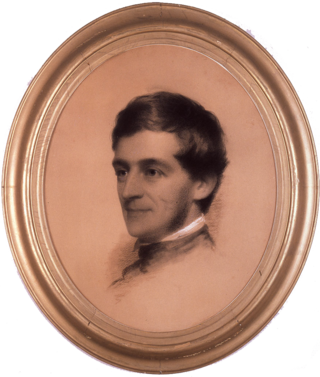
"Self-Reliance" is an 1841 essay written by American transcendentalist philosopher Ralph Waldo Emerson. It contains the most thorough statement of one of his recurrent themes: the need for each person to avoid conformity and false consistency, and follow his or her own instincts and ideas. It is the source of one of his most famous quotations:
The Transcendental Club was a group of New England authors, philosophers, socialists, politicians and intellectuals of the early-to-mid-19th century which gave rise to Transcendentalism.
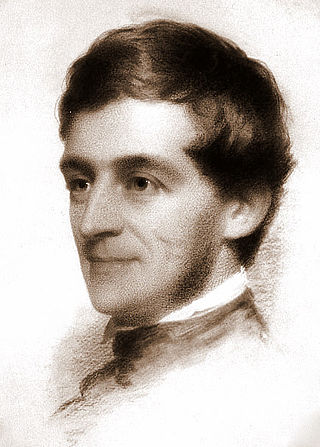
Nature is a book-length essay written by Ralph Waldo Emerson, published by James Munroe and Company in 1836. In the essay Emerson put forth the foundation of transcendentalism, a belief system that espouses a non-traditional appreciation of nature. Transcendentalism suggests that the divine, or God, suffuses nature, and suggests that reality can be understood by studying nature. Emerson's visit to the Muséum National d'Histoire Naturelle in Paris inspired a set of lectures he later delivered in Boston which were then published.

Christopher Pearse Cranch was an American writer and artist.

"The American Scholar" was a speech given by Ralph Waldo Emerson on August 31, 1837, to the Phi Beta Kappa Society of Harvard College at the First Parish in Cambridge in Cambridge, Massachusetts. He was invited to speak in recognition of his groundbreaking work Nature, published a year earlier, in which he established a new way for America's fledgling society to regard the world. Sixty years after declaring independence, American culture was still heavily influenced by Europe, and Emerson, for possibly the first time in the country's history, provided a visionary philosophical framework for escaping "from under its iron lids" and building a new, distinctly American cultural identity.

"Concord Hymn" is a poem by Ralph Waldo Emerson written for the 1837 dedication of an obelisk monument in Concord, Massachusetts, commemorating the battles of Lexington and Concord, a series of battles and skirmishes on April 19, 1775 which sparked the American Revolutionary War.
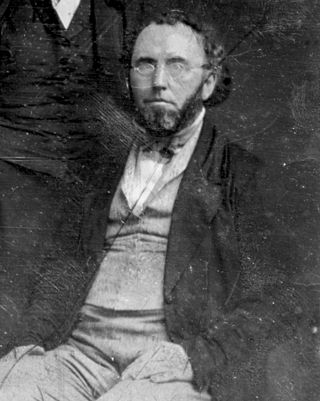
George Ripley was an American social reformer, Unitarian minister, and journalist associated with Transcendentalism. He was the founder of the short-lived Utopian community Brook Farm in West Roxbury, Massachusetts.

Frederic Henry Hedge was a New England Unitarian minister and Transcendentalist. He was a founder of the Transcendental Club, originally called Hedge's Club, and active in the development of Transcendentalism. He was one of the foremost scholars of German literature in the United States.
The Transcendentalist is a lecture and essay by American writer and thinker Ralph Waldo Emerson. It is one of the essays he wrote while establishing the doctrine of American Transcendentalism. The lecture was read at the Masonic Temple in Boston, Massachusetts in January 1842.

The "Divinity School Address" is the common name for the speech Ralph Waldo Emerson gave to the graduating class of Harvard Divinity School on July 15, 1838. Its formal title is "Acquaint Thyself First Hand with Deity."
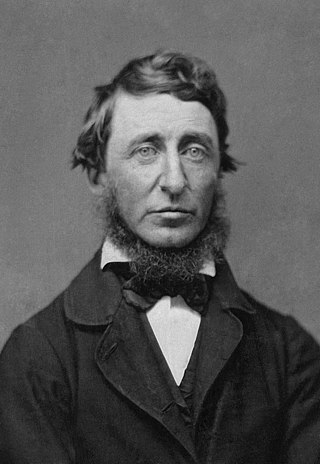
The Night Thoreau Spent in Jail is a two-act American play by Robert E. Lee and Jerome Lawrence written in 1969. The play is based on the early life of the title character, Henry David Thoreau, leading up to his night spent in a jail in Concord, Massachusetts. Thoreau was jailed for refusing to pay a poll tax on the grounds that the money might be used to pay for the Mexican–American War, which he opposed.

"Uriel" is a poem by American writer Ralph Waldo Emerson.
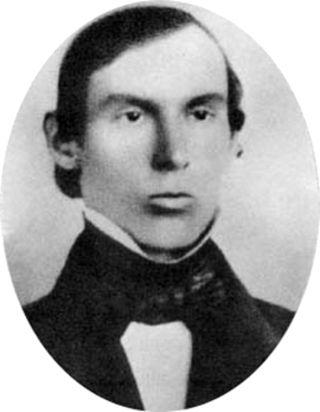
Jones Very was an American poet, essayist, clergyman, and mystic associated with the American Transcendentalism movement. He was known as a scholar of William Shakespeare, and many of his poems were Shakespearean sonnets. He was well-known and respected among the Transcendentalists.
"Brahma" is a poem by Ralph Waldo Emerson, written in 1856. However, the poem was published in the November 1857 issue of The Atlantic. It is named for Brahman, the universal principle of the Vedas.
"Politics" is an essay written by Ralph Waldo Emerson. It is part of his Essays: Second Series, published in 1844. A premier philosopher, poet and leader of American transcendentalism, he used this essay to belie his feelings on government, specifically American government. His impact on New England thought and his views on pragmatism influenced the likes of Henry David Thoreau, Orestes Brownson, and Frederich Nietzsche, among others.
"Circles" is an essay by Ralph Waldo Emerson, first published in 1841.
Mary Moody Emerson was an American letter writer and diarist. She was known not only as her nephew Ralph Waldo Emerson's "earliest and best teacher", but also as a "spirited and original genius in her own right". Ralph Waldo Emerson considered her presence in his life a “blessing which nothing else in education could supply”; and her vast body of writing—her thousands of letters and journal entries spanning more than fifty years—"became one of Emerson's most important books". Her surviving documents reveal the voice of a "woman who […] had something to say to her contemporaries and who can continue to speak to ours" about "the great truths that were the object of her life's pilgrimage".
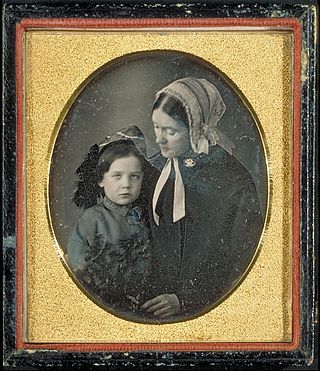
Edward Waldo Emerson was an American physician, writer and lecturer.













